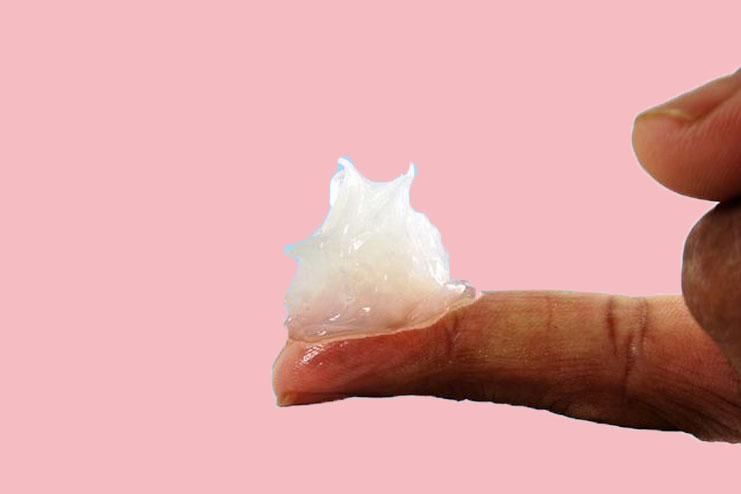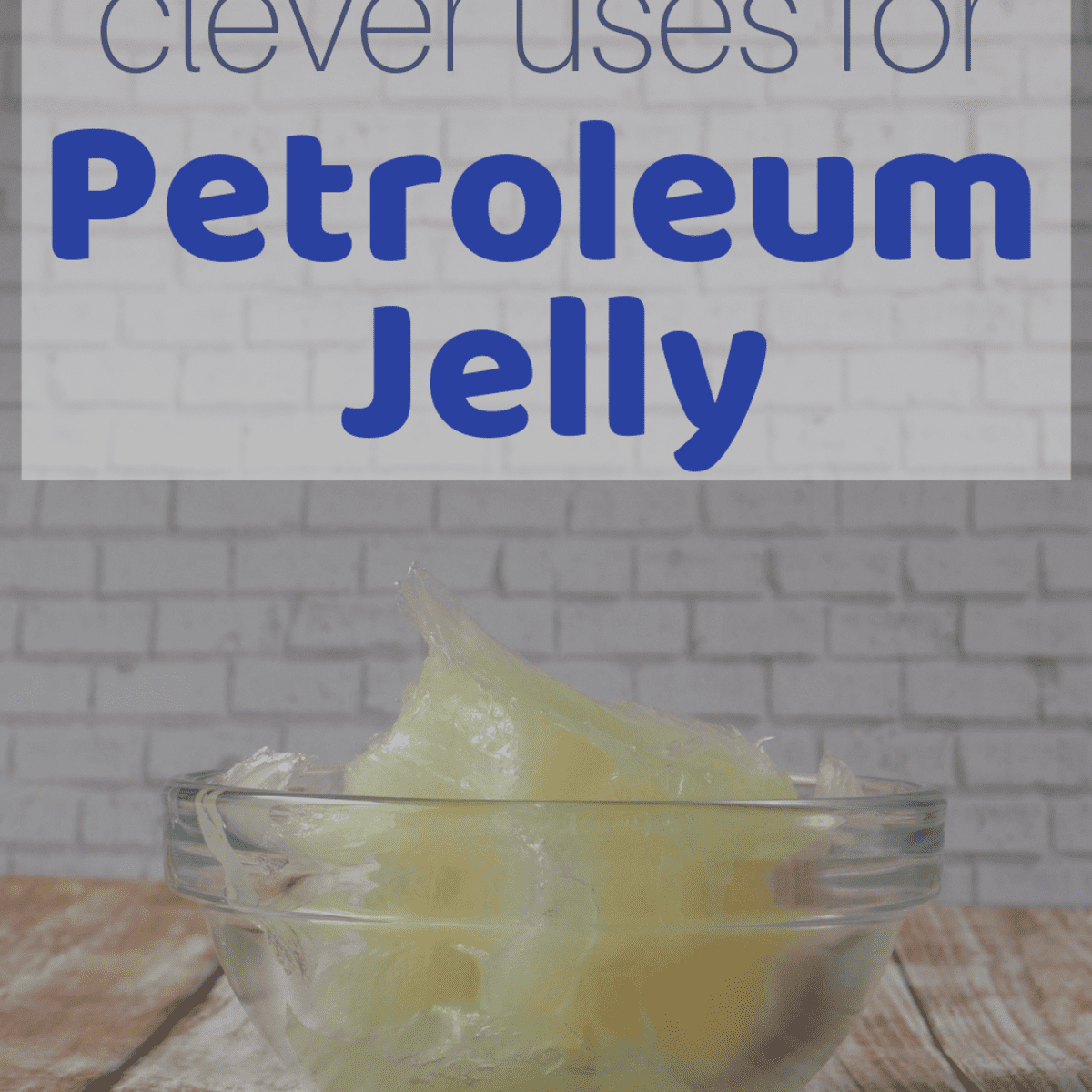6 Unknown Uses Of Petroleum Jelly, From Treating Piles To Spit Ends
Since roughly 150 years ago, petroleum jelly, also known as petrolatum, has been used for a variety of reasons. Robert Augustus Chesebrough made the initial discovery in 1859. He later gave the jelly-like substance the name "Vaseline" and patented the refining process in 1872. These days, the majority of individuals have this item in their medicine cabinets, and they utilize it to treat a variety of skin issues. In this article, we will be talking about the many uses and benefits of petroleum jelly.
What is petroleum jelly made of?
Petroleum jelly can be used to treat minor skin scrapes and burns, as a moisturizer to prevent your skin from drying out and to reduce the incidence of diaper rash in babies. It can also provide some relief from skin conditions such as eczema and psoriasis, by reducing inflammation and keeping the skin moist. Apply petroleum jelly on the affected areas, and you will itch and scratch less. Below are some other benefits and uses of petroleum jelly that may not know.
6 Unknown Uses Of Petroleum Jelly
1. Reduce split ends
Petroleum jelly can be used to prevent and treat split ends. Plus, it can add shine to your hair. Apply a generous amount of petroleum jelly on the ends of your hair and keep it for at least one hour and then wash your hair like you always do.
2. Kill lice
Petroleum jelly is used as a remedy for lice. However, research has shown that it can kill adult lice, but can't prevent the eggs from hatching. So, you may consider using pediculicide to control lice.
3. Prevent foot blisters
To prevent foot blisters, rub some petroleum jelly between areas prone to chafing or problem spots on your foot before you head out for a run or walk. This will reduce friction when your skin rubs together or rubs against the shoes. If you do get a blister, apply petroleum jelly on your sore to help it heal faster.
Hemorrhoids, also called piles, are swollen veins in your anus and lower rectum. Apply a layer of petroleum jelly inside your anal area to protect your sensitive skin. This will make it easier to poop, reduce itching and you will feel less pain.
If your work requires you to spend time outdoors in the cold, windy air, rub a thin layer of petroleum jelly on areas that might get exposed to the air. This can protect your skin against wind and cold and prevent windburn. However, avoid acne-prone areas as it can trap bacteria and oil, which can make your breakouts worse.
6. Remove eye makeup
Petroleum jelly is an effective and safe way to remove eye makeup. Simply dab a thin layer of petroleum jelly or Vaseline on a cotton swab and gently wipe off your eye makeup. Close your eyes as you wipe.
Caution: Petroleum jelly is for external use only. Do not eat petroleum jelly. If swallowed in large doses, petroleum jelly can cause diarrhea or stomach cramps and may make you throw up. Also, avoid using petroleum jelly for masturbation or as a vaginal lubricant. It can put you at risk of bacterial vaginosis - a common bacterial infection.




.jpg)





.jpeg)


